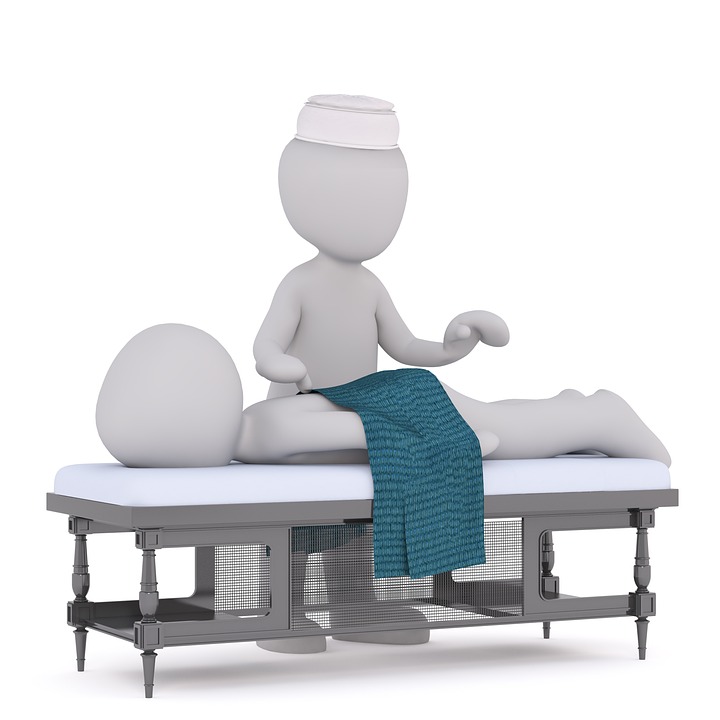Book Appointment Now

The Dreyfus Model of Skill Acquisition
The Dreyfus Model of Skill Acquisition, developed by Hubert and Stuart Dreyfus in 1980, is a prominent framework for understanding how people develop skills over time. The model identifies five progressive stages of expertise—Novice, Advanced Beginner, Competent, Proficient, and Expert—each reflecting a unique way of thinking, learning, and performing tasks. By highlighting the cognitive and experiential differences at each stage, the model provides valuable insights for education, training, and professional development.
This article explores each stage of the Dreyfus Model in depth, illustrating its applications across diverse fields like healthcare, education, and management. A detailed table is included to summarize the progression of skills across the five stages.
Understanding the Five Stages of the Dreyfus Model
The Dreyfus Model is based on the principle that skill acquisition involves a transition from reliance on rules and abstract concepts to intuitive and fluid decision-making based on experience.
1. Novice
At the novice stage, individuals are new to a skill or task. They rely entirely on rules, guidelines, and instructions to perform basic actions.
- Characteristics:
- Lack of experience and contextual understanding.
- Dependence on step-by-step instructions or protocols.
- Difficulty adapting to unexpected situations.
- Example:
A new nurse learns to administer medication by strictly following the hospital’s guidelines without considering patient-specific factors. - Learning Focus:
- Clear, structured instructions.
- Immediate feedback to correct mistakes.
2. Advanced Beginner
Advanced beginners start to grasp the basics of a skill and can apply rules in practice, albeit with limited context.
- Characteristics:
- Begin to recognize patterns and situational elements.
- Can perform tasks with minimal supervision for straightforward situations.
- Struggle with prioritization and adapting rules to complex contexts.
- Example:
A medical intern starts to recognize patterns in patient symptoms but still relies on senior doctors for nuanced decisions. - Learning Focus:
- Exposure to a variety of scenarios.
- Encouragement to explore and apply learned concepts in real-life contexts.
3. Competent
Competent individuals develop the ability to organize and manage their tasks. They start planning their actions deliberately and can prioritize effectively.
- Characteristics:
- Increased confidence in handling routine tasks.
- Ability to set goals and develop strategies to achieve them.
- Limited ability to adapt in unpredictable situations.
- Example:
A teacher plans lessons for a semester, anticipating challenges but struggling to adjust when students’ needs change unexpectedly. - Learning Focus:
- Opportunities to refine planning and analytical skills.
- Constructive feedback to address gaps in adaptive decision-making.
4. Proficient
At this stage, individuals combine intuition with analytical thinking. They see situations as holistic entities rather than isolated components.
- Characteristics:
- Can anticipate outcomes based on past experiences.
- Show flexibility in decision-making.
- Understand how individual actions contribute to broader objectives.
- Example:
A senior nurse intuitively recognizes a deteriorating patient condition and initiates appropriate interventions while coordinating with the healthcare team. - Learning Focus:
- Mentorship and collaboration with experts.
- Exposure to complex, real-world challenges that demand nuanced responses.
5. Expert
Experts demonstrate mastery of their domain, relying on deep, intuitive understanding and extensive experience to handle complex situations effortlessly.
- Characteristics:
- Operate instinctively, often without conscious analysis.
- Innovate and improvise solutions in novel situations.
- Provide mentorship to less experienced individuals.
- Example:
A veteran surgeon performs a complex operation seamlessly while teaching advanced techniques to trainees. - Learning Focus:
- Continuous learning to stay updated with advancements.
- Opportunities to contribute to their field through research, innovation, or mentorship.
Grab a 100% custom nursing paper about Dreyfus Model of Skill Acquisition framework tailored to your instructions.
Get Custom Nursing Paper
Table: The 5 Stages of the Dreyfus Model of Skill Acquisition summary
| Stage | Key Characteristics | Learning Needs | Examples |
|---|---|---|---|
| Novice | Rule-based, lacks contextual understanding | Structured instructions, immediate feedback | A student nurse administering medication by guidelines |
| Advanced Beginner | Begins recognizing patterns, needs guidance | Exposure to varied scenarios, supervised practice | Medical intern diagnosing straightforward cases |
| Competent | Plans and prioritizes, moderately adaptable | Opportunities to refine analytical skills | Teacher managing classroom challenges |
| Proficient | Intuitive and holistic understanding | Complex, real-world challenges, expert mentorship | Senior nurse coordinating patient care |
| Expert | Instinctive mastery, innovates and mentors | Continuous learning, opportunities to teach or innovate | Experienced surgeon leading advanced procedures |
Also read: HCS 430 Week 3 Assignment Analysis of Patricia Benner’s Novice to Expert Theory
Applications of the Dreyfus Model
Education
The Dreyfus Model provides educators with a roadmap to tailor instruction according to a learner’s stage. For novices, detailed instructions and structured lessons are effective. For more advanced learners, problem-solving tasks and experiential learning foster growth.
Nursing
In nursing, the model helps structure competency assessments and guide professional development. Novices are trained in basic tasks under supervision, while proficient and expert nurses take on leadership roles. The model also informs mentorship programs, ensuring experienced practitioners guide juniors effectively.
Management
Managers use the Dreyfus Model to evaluate employee skill levels and design targeted training programs. Novice employees are given clear instructions, while advanced professionals are encouraged to take on innovative projects and leadership roles.
Sports and Performing Arts
Coaches and instructors in sports or arts apply the model to enhance performance. Beginners focus on mastering techniques, while experts refine their craft through innovation and nuanced practice.
Healthcare and Clinical Practice
The model supports healthcare professionals in transitioning from theoretical knowledge to practical expertise. It emphasizes hands-on experience, critical thinking, and exposure to complex cases, fostering the growth of well-rounded clinicians.
Enhancing Learning Using the Dreyfus Model
To maximize the benefits of the Dreyfus Model, consider the following strategies:
- Customized Training Programs: Design training that aligns with learners’ stages, gradually increasing complexity.
- Role of Mentors: Experienced professionals should guide novices and advanced beginners, providing feedback and support.
- Assessment Tools: Use assessments to identify an individual’s current stage and areas needing improvement.
- Real-World Exposure: Provide opportunities for learners to engage in diverse and challenging scenarios.
- Continuous Feedback: Regularly evaluate performance and offer constructive feedback to promote growth.
The Dreyfus Model of Skill Acquisition offers a clear pathway for understanding and fostering skill development. By recognizing the distinct needs and characteristics at each stage, educators, trainers, and mentors can effectively nurture talent and expertise. Whether applied in nursing, education, management, or beyond, this framework remains invaluable for advancing professional competence and fostering lifelong learning.
References
Dreyfus, H. L., & Dreyfus, S. E. (1980). A five-stage model of the mental activities involved in directed skill acquisition. University of California, Berkeley.
Benner, P. (1984). From Novice to Expert: Excellence and Power in Clinical Nursing Practice. Addison-Wesley.
Ericsson, K. A., Charness, N., Feltovich, P. J., & Hoffman, R. R. (2006). The Cambridge Handbook of Expertise and Expert Performance. Cambridge University Press.




